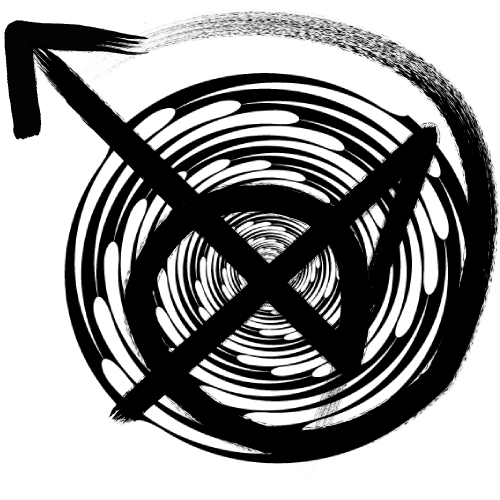The word "ceasefire" seems like a misnomer for the situation in the Gaza Strip since Israel and Hamas agreed to a deal that was supposed to end two years of war almost a month ago. The Israeli military is still deployed in over 50% of the territory and has continued to shell and fire on Palestinians, killing more than 240 [8] people and injuring over 600 [8] since Oct. 11. Aid is also still entering the enclave at a trickle—far from the levels needed to address a hunger crisis caused by months of Israeli-enforced deprivation—with Israel rejecting many requests [13] to bring in supplies. A UN resolution creating [9] an international stabilization force to deploy to Gaza—a key part of the 20-point US peace plan [10]–is supposed to be ready in two weeks but may face delays over disagreements about its mandate and the timetable for Israel's withdrawal from the territory. In the meantime, the Israeli military seems well entrenched [14] in the 58% of Gaza where its forces are deployed and where Palestinians have been forced out.
Numerous observers are pointing out that the situation is beginning to resemble south Lebanon, where Israel has continued to occupy land and carry out attacks despite a ceasefire agreement that went into effect at the end of November last year. In recent weeks, Israel has carried out near-daily attacks [11] in south Lebanon, which escalated on Nov. 6 with numerous air-strikes [15].
From The New Humanitarian [16], Nov. 7



